Fossil fuels, while instrumental in powering the world’s industrial revolutions and much of our current infrastructure, come with steep environmental costs. Often, these costs remain hidden until a devastating event brings them to the forefront of global attention. From oil spills that suffocate marine ecosystems to coal ash disasters polluting rivers and lands, this article offers an in-depth look into ten calamities that serve as stark reminders of the need for more sustainable energy pathways.
Contents
Deepwater Horizon Oil Spill (2010)
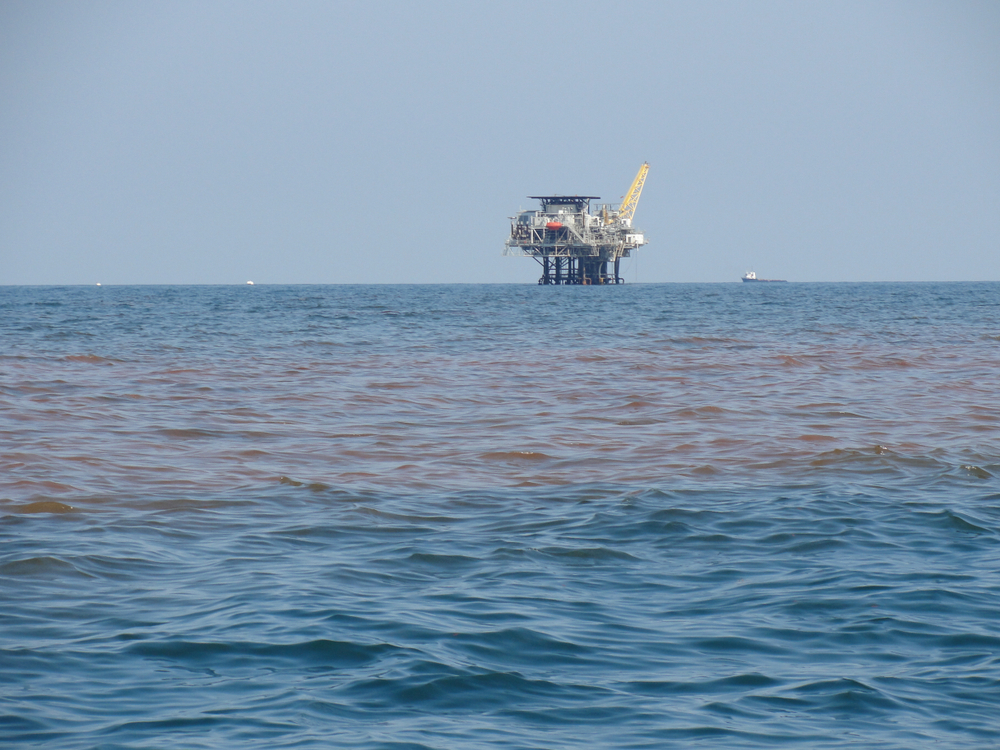
In April 2010, the Deepwater Horizon oil drilling rig, operated by BP, experienced a catastrophic blowout, resulting in a massive oil spill in the Gulf of Mexico. Eleven workers lost their lives, and approximately 4.9 million barrels of oil were discharged into the ocean, causing extensive damage to marine and coastal ecosystems. Even years later, the Gulf’s communities and wildlife continue to reel from the incident, with prolonged economic and ecological consequences, including disruptions to the fishing and tourism industry and long-term damage to marine habitats.
Exxon Valdez Oil Spill (1989)
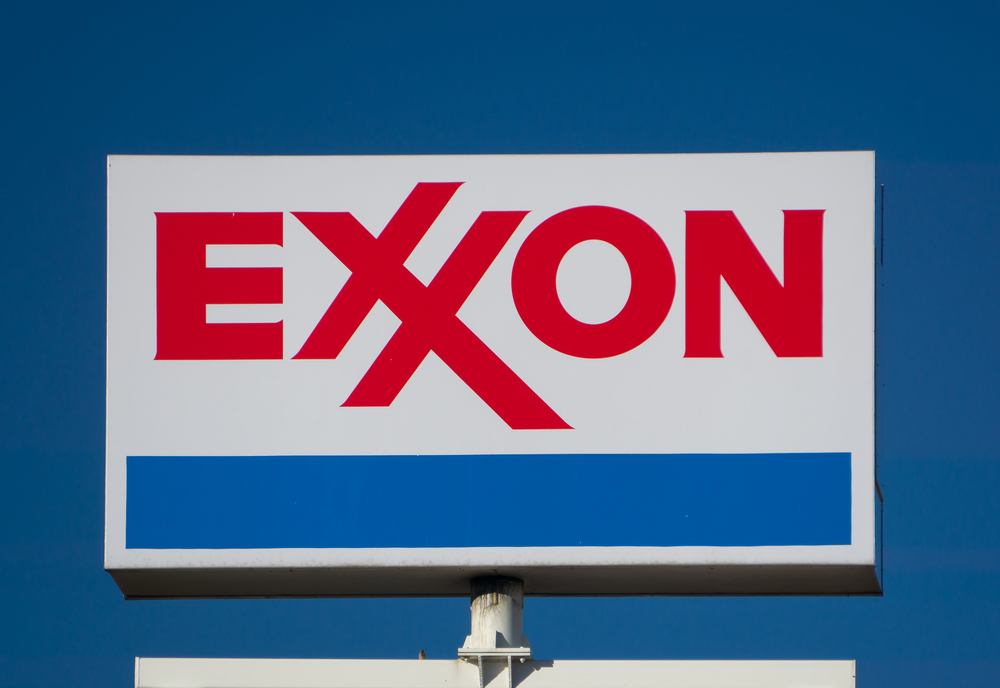
The Exxon Valdez oil spill occurred when an oil tanker struck a reef in Prince William Sound, Alaska, spilling approximately 11 million gallons of crude oil. This accident led to widespread ecological damage, affecting about 1,300 miles of coastline. Years later, many species have not fully recovered, and some local communities, especially those relying on fishing, experienced profound and long-lasting economic consequences.
Marshall Steam Station Coal Ash Spill (2014)
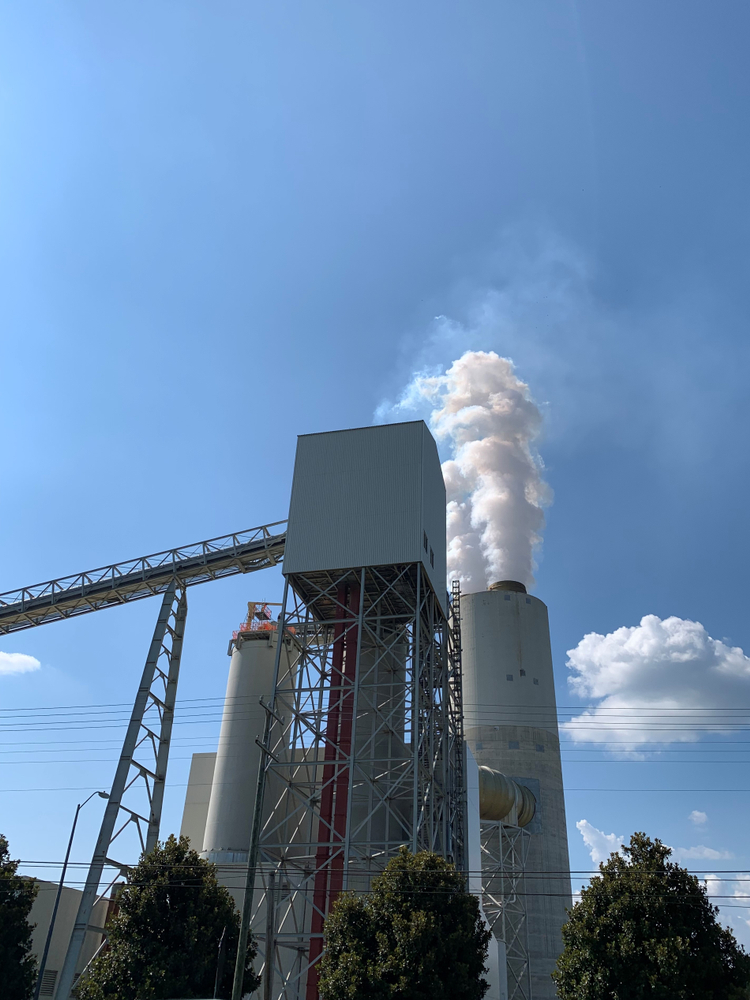
In 2014, a breach in a stormwater pipe at the Marshall Steam Station in North Carolina, USA, led to a coal ash spill into the Dan River. This incident resulted in the discharge of approximately 39,000 tons of coal ash containing hazardous substances like arsenic and lead. The spill affected water quality and aquatic life, with impacts reverberating in the community, including water pollution and habitat destruction, which have had long-lasting implications for the environment and public health.
The Niger Delta Oil Spills (Ongoing since the 1950s)
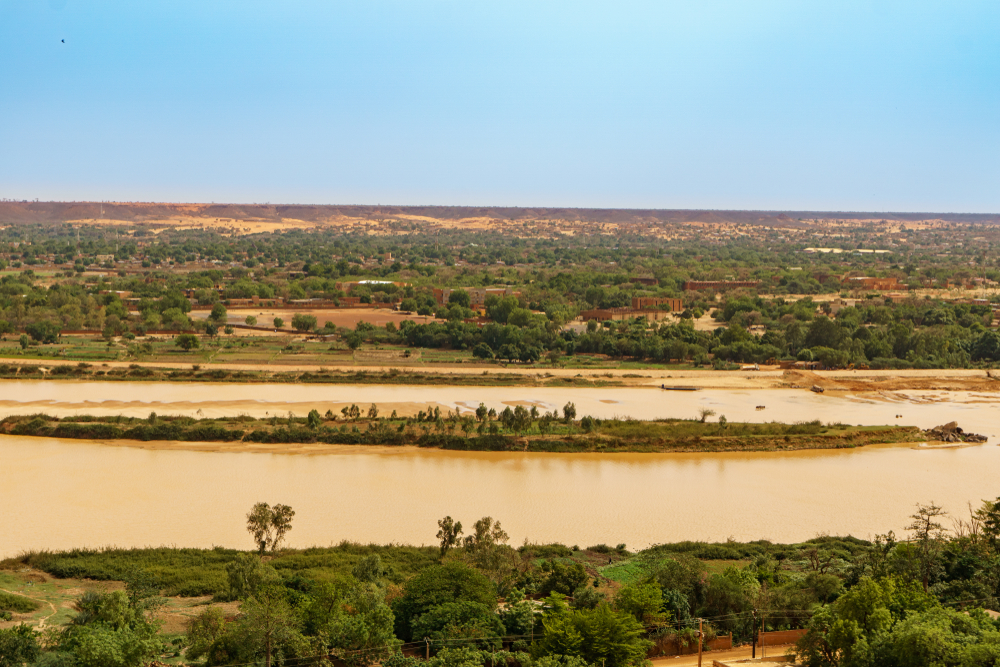
The Niger Delta region in Nigeria has experienced numerous oil spills since the 1950s, mostly due to operational failures and sabotage. This has resulted in extensive environmental degradation, including water pollution and loss of mangroves. The spills have deeply impacted the local communities, affecting their health, livelihoods, and access to clean water. Decades of pollution have led to chronic health issues and tensions in the region, with communities still struggling to recover.
The Centralia Mine Fire (Ongoing since 1962)
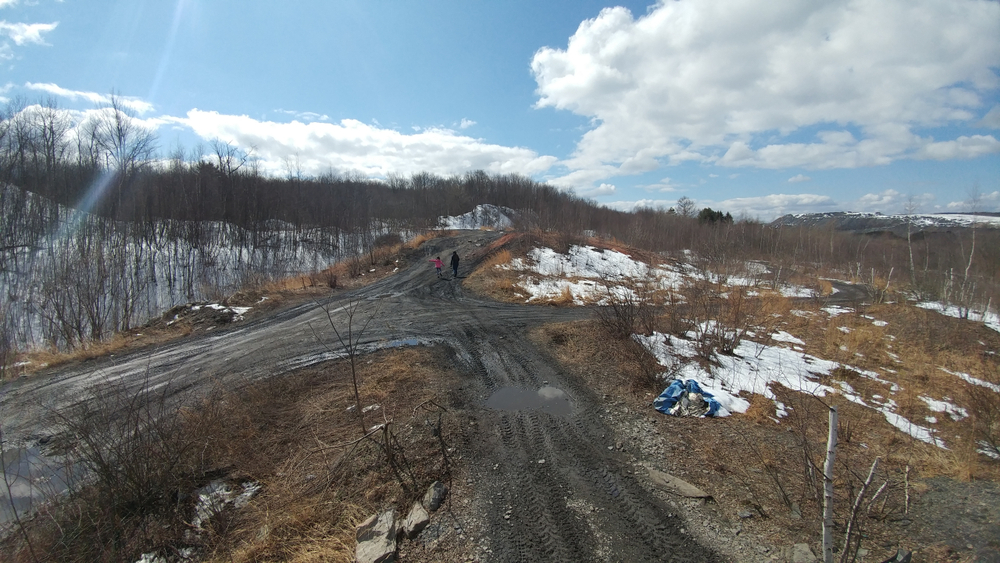
Centralia, a town in Pennsylvania, USA, has been haunted by an underground coal mine fire since 1962. This fire releases hazardous gases, including carbon monoxide, and has resulted in the evacuation and abandonment of the entire town. The fire is expected to burn for several more centuries, showcasing the long-lasting and severe impacts of fossil fuel extraction mishaps.
Piper Alpha Oil Rig Explosion (1988)
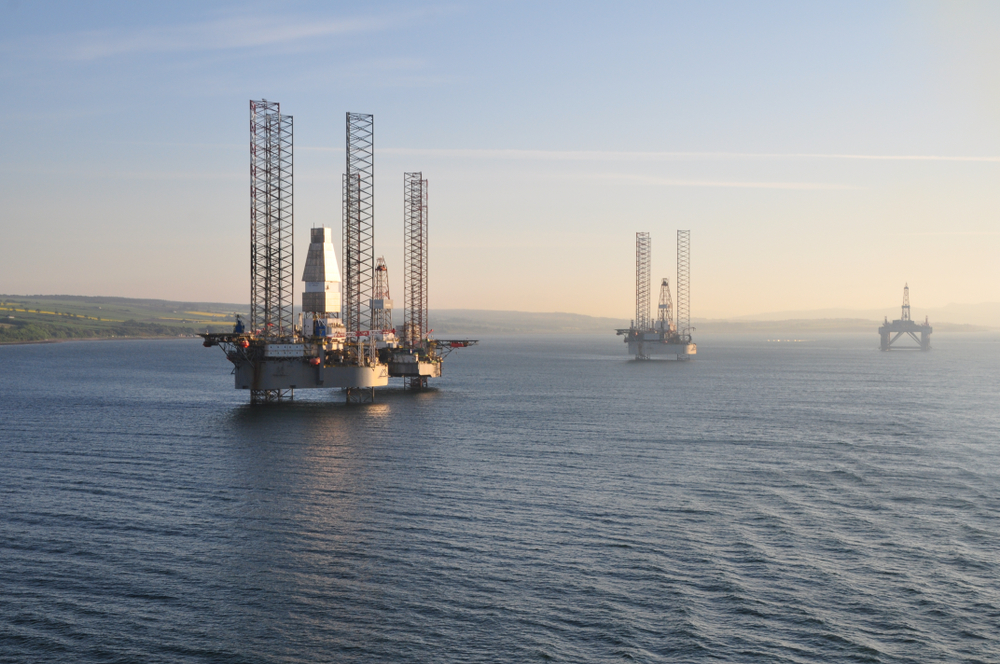
The Piper Alpha was an oil production platform in the North Sea that experienced a catastrophic explosion in 1988 due to a gas leak, killing 167 workers. The disaster also caused a massive oil spill, leading to significant marine pollution. Even years later, the disaster serves as a dark reminder of the dangers associated with offshore oil extraction and the lasting impact on workers and the environment.
Kingston Fossil Plant Coal Fly Ash Slurry Spill (2008)
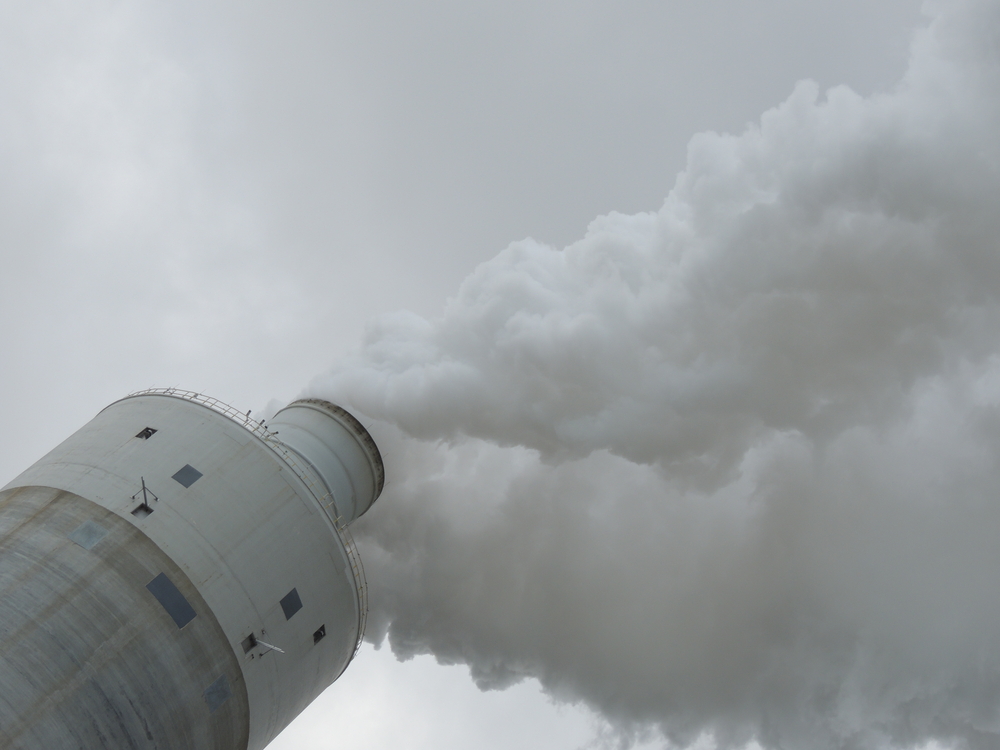
In December 2008, a containment dike breach at the Tennessee Valley Authority’s Kingston Fossil Plant in Tennessee, USA, resulted in a massive spill of coal fly ash slurry. Around 5.4 million cubic yards of coal ash were released, causing widespread environmental damage, including water pollution and land contamination. The spill disrupted the lives of local residents, with many experiencing health problems and property damage, which persisted many years later.
Guatemala’s Marlin Mine (2005-2017)

Guatemala’s Marlin mine, a gold and silver mining project operated between 2005 and 2017, was associated with several environmental issues, including water contamination and deforestation. Local communities experienced health problems, conflicts, and social disruptions. Even after its closure, the site has faced water treatment and land rehabilitation challenges, with communities still grappling with the legacy of pollution and environmental degradation.
Santa Barbara Oil Spill (1969)
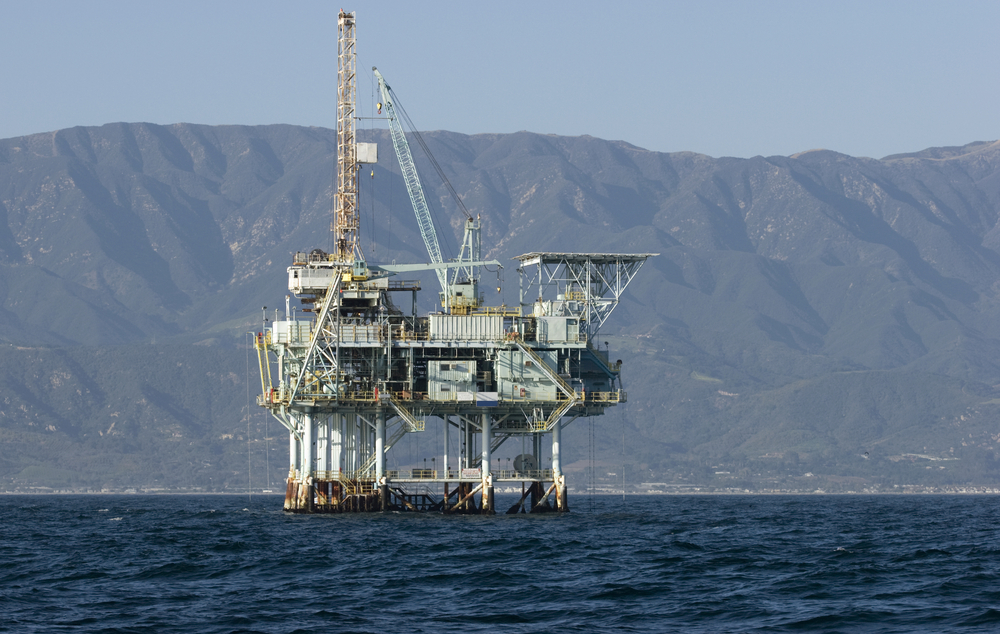
The Santa Barbara oil spill in 1969 occurred when a well blowout happened offshore California, USA, releasing approximately 3 million gallons of crude oil into the ocean. This incident had a devastating effect on marine life, including seabirds and marine mammals. The disaster spurred the modern environmental movement and led to the formation of the Environmental Protection Agency (EPA). Even decades later, the region has scars from the spill, with long-term impacts on marine habitats and species.
This article originally appeared on MyCarMakesNoise.
More from MyCarMakesNoise
12 European Cars That Didn`t Click with American Buyers

When it comes to the automotive industry, some European car manufacturers have had tremendous success in the American market. Brands like BMW, Mercedes-Benz, and Volkswagen have established a strong foothold and enjoy a loyal customer base. Read More.
15 of The Fastest American Cars Ever Built

The pursuit of speed is a hallmark of American automotive ingenuity. From thunderous muscle cars to advanced supercars, the United States has been at the forefront of producing vehicles that combine breathtaking power with cutting-edge technology. Read More.
21 Cars Rated Highly by Mechanics for Dependability

When it comes to choosing a new car, reliability is often at the top of the list for most buyers. After all, a dependable car means fewer headaches, lower maintenance costs, and better overall value. Read More.














